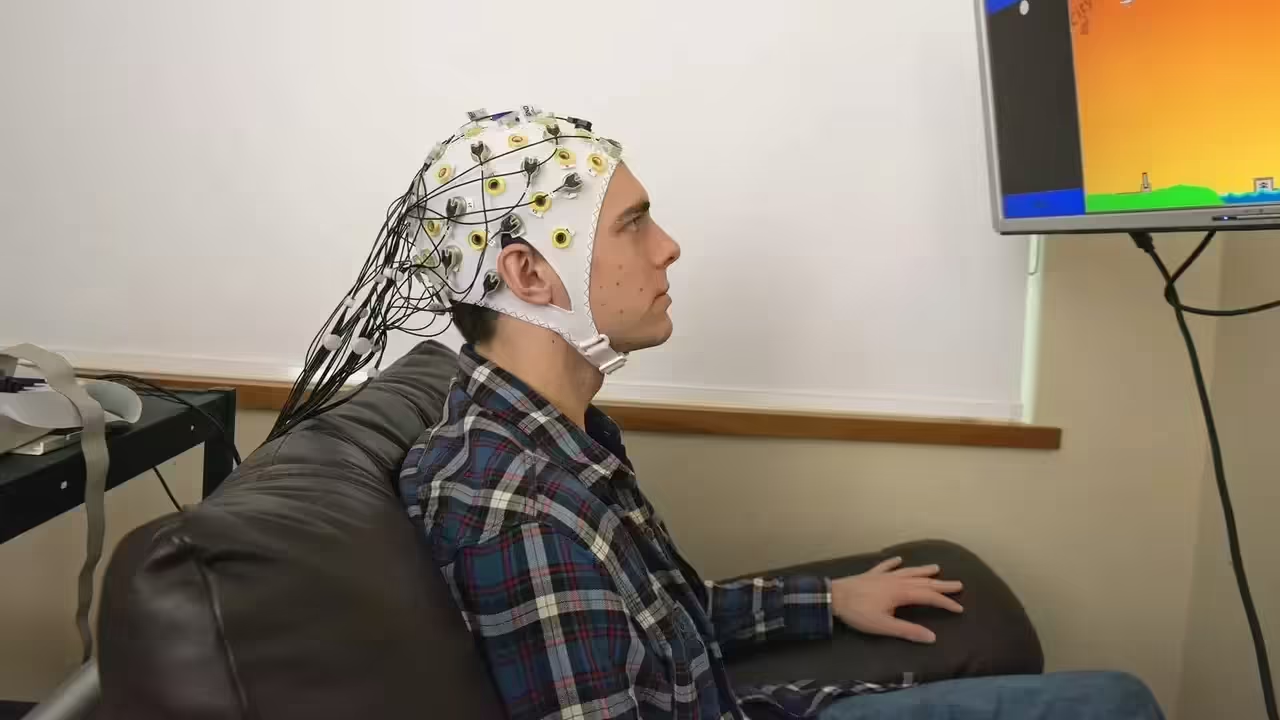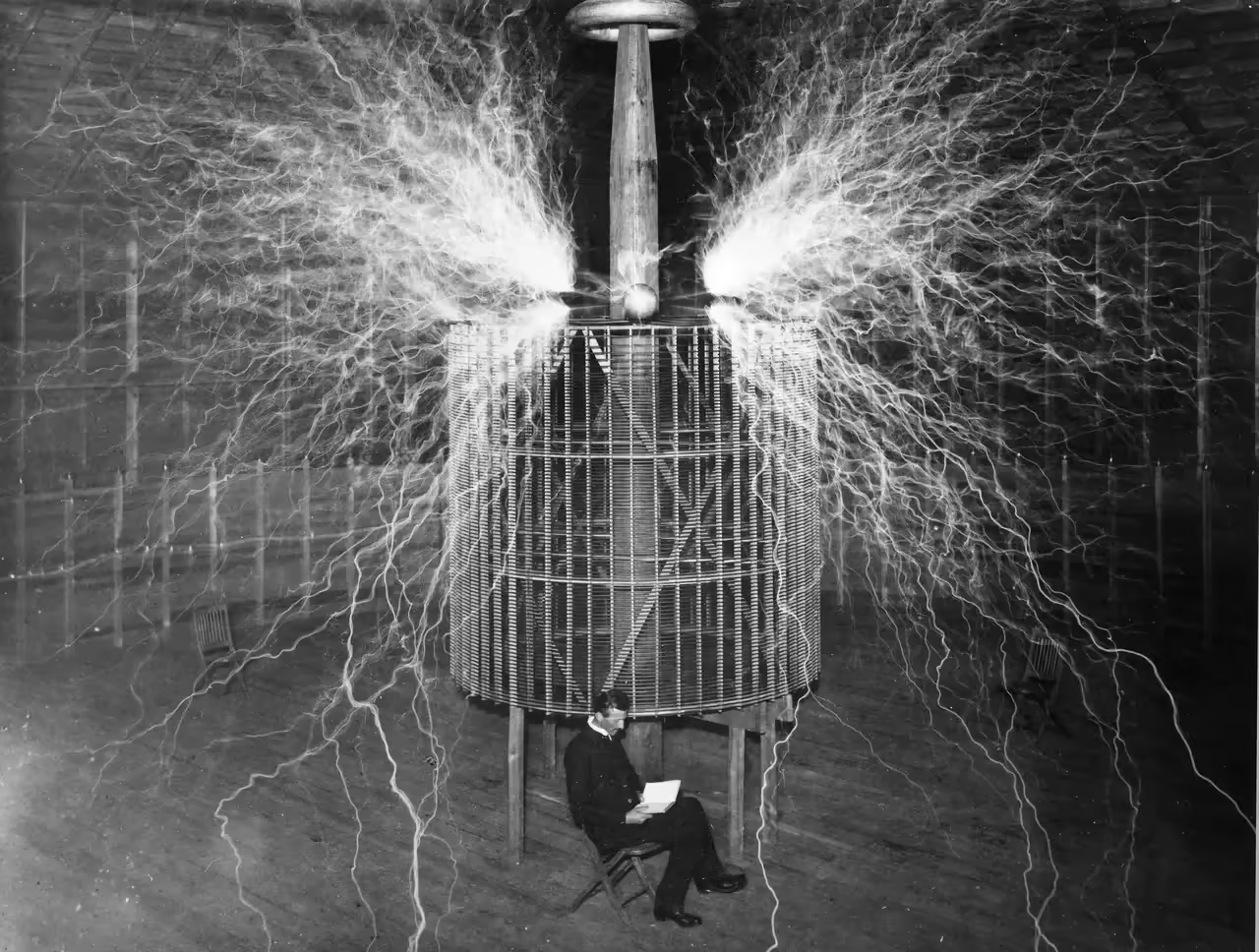
Telekinesis, often depicted in popular culture as the ability to move objects with the mind, has long captured the imagination of many. The concept of manipulating the physical world using only the power of thought has been a subject of fascination and intrigue. But what exactly is telekinesis, and does it have a place in the realm of scientific possibility?
Understanding Telekinesis
Telekinesis, also known as psychokinesis, is derived from the Greek words “tele,” meaning distant, and “kinesis,” meaning movement. It refers to the purported ability of individuals to influence or manipulate objects without any physical interaction, solely through the power of the mind.
The history of telekinesis traces back through centuries of anecdotal evidence, folklore, and spiritual practices. Stories of telekinesis can be found in various cultural and religious contexts, from tales of miraculous feats to accounts of psychically gifted individuals. However, telekinesis entered the realm of scientific inquiry in the 20th century as part of the study of parapsychology.
Scientific Investigations and Controversies
Scientific exploration of telekinesis began in the early 20th century with researchers attempting to study phenomena falling outside the boundaries of traditional scientific understanding. However, the lack of consistent, replicable evidence has led to skepticism and controversy surrounding its existence.
Studies conducted to examine telekinesis often involve controlled experiments, attempting to detect whether the mind can influence physical objects or random events. Despite anecdotal reports and isolated instances of apparent telekinetic feats, the scientific community remains divided on the validity and reproducibility of such occurrences.
Advancements in Technology and the Future of Telekinesis
In recent years, advancements in neuroscience, brain-computer interfaces, and the understanding of the human brain have led to new possibilities for exploring the mechanisms behind telekinesis. Technologies such as electroencephalography (EEG) and functional magnetic resonance imaging (fMRI) offer insights into brain activity and have sparked interest in the potential connection between brain function and the manipulation of physical objects through thought alone.
Moreover, emerging technologies like neural implants and brain-machine interfaces hold promise for individuals with physical limitations, offering potential pathways to control external devices using brain signals. While these innovations are primarily aimed at medical applications, they raise intriguing questions about the potential expansion of human capabilities, including telekinesis-like abilities, through technological means.
The Future Possibilities
As we continue to unravel the mysteries of the human mind and advance in technological innovations, the potential for telekinesis to move from the realm of speculation to scientific understanding remains an open question. While the current scientific consensus may lean towards skepticism, the pursuit of knowledge and exploration of the mind’s capabilities will undoubtedly persist, paving the way for new discoveries and possibilities.
The Science Behind Telekinesis: Reality or Fiction?
Telekinesis, the purported ability to move objects using only the power of the mind, has perpetually dwelled on the border between science and fantasy. As it persists in popular culture and various anecdotes, the burning question remains: Is telekinesis a genuine scientific phenomenon or simply an element of fiction perpetuated by human imagination?
Unraveling the Mystery
The idea of telekinesis finds its roots in various cultural traditions, folklore, and mystic practices, hinting at the possibility of mental influence over physical objects. However, from a scientific standpoint, the existence of telekinesis has sparked both curiosity and skepticism within the academic community.
Research exploring the phenomenon typically falls within the realm of parapsychology, investigating claims of psychokinetic abilities. While anecdotal evidence and individual reports persist, scientific investigations into telekinesis have yielded inconclusive results. Controlled studies designed to detect telekinetic effects have struggled to consistently replicate such occurrences, leading to a divide between believers and skeptics.
The Neuroscientific Perspective
Advancements in neuroscience have brought forth new insights into the workings of the human brain, providing a potential pathway to understand the mechanisms behind telekinetic abilities, if they exist. Technologies like electroencephalography (EEG) and functional magnetic resonance imaging (fMRI) have facilitated a deeper comprehension of brain functions, igniting interest in the relationship between mental activity and the manipulation of physical matter.
Moreover, developments in brain-computer interfaces and neural prosthetics have unveiled possibilities where brain signals can control external devices. While these technologies are primarily focused on medical applications, they beckon the question of whether telekinesis-like abilities could be achievable through technological innovation.
The Ongoing Debate
The controversy surrounding telekinesis persists within the scientific community. Skeptics argue that the lack of empirical evidence and reproducibility undermines the credibility of telekinetic claims, attributing reported occurrences to chance or misinterpretation. On the other hand, proponents emphasize the need for more expansive and diverse studies to fully comprehend the potential of human mental abilities.
The elusive nature of telekinesis remains a topic of fascination, capturing the imaginations of many and inspiring ongoing discussions about the frontiers of human capability and the limits of scientific understanding.
Technological Advancements and the Connection with Telekinesis
The exploration of telekinesis, the ability to influence objects with the power of the mind, has long been an enigmatic subject that blurs the lines between scientific curiosity and human imagination. While the concept of telekinesis often resides within the realm of speculation, recent technological advancements have sparked new possibilities and intriguing connections between mind and machine.
Neurotechnology and Telekinesis
Advancements in neurotechnology have played a pivotal role in the ongoing exploration of telekinesis. Technologies such as brain-computer interfaces (BCIs) and neural prosthetics have opened doors to understanding and harnessing the power of the human brain in unprecedented ways. These innovations bridge the gap between the mind and external devices, potentially paving the way for controlling objects through mere mental commands.
BCIs function by decoding brain signals and translating them into commands that can operate external machinery or devices. While initially developed to assist individuals with physical limitations, such interfaces have prompted discussions about their potential role in extending human capabilities, akin to telekinesis, through technological means.
Brain-Computer Interfaces: A Link to Telekinesis?
The premise of brain-computer interfaces rests on the notion of decoding the complexities of brain activity. Electroencephalography (EEG), functional magnetic resonance imaging (fMRI), and other neuroimaging techniques have been instrumental in deciphering the intricacies of neural signals, making it possible to translate brain activity into actionable commands.
These interfaces have demonstrated success in assisting patients with paralysis, enabling them to control robotic arms, cursors on computer screens, or even prosthetic limbs using their thoughts. The concept of controlling external devices through mental commands mirrors the essence of telekinesis, albeit in a technologically mediated form.
The Ethical Implications
As technological capabilities continue to evolve, ethical considerations emerge. Questions regarding the ethical implications of enhancing human capabilities through technology, and the potential consequences of blurring the boundaries between mind and machine, surface as BCIs move from medical applications to broader, more speculative realms.
Telekinesis in Science Fiction and its Impact on Future Technology
The concept of telekinesis, the ability to move or control objects using the power of the mind, has been a recurring theme in science fiction literature, movies, and popular culture. While often depicted as an extraordinary and sometimes supernatural ability, its portrayal in these imaginative realms has significantly influenced the way we perceive and approach technological advancements in the real world.
Inspiration from Science Fiction
Science fiction has long been a breeding ground for exploring the boundaries of human potential, frequently featuring characters possessing extraordinary mental abilities, including telekinesis. Novels, films, and TV series have popularized the idea of individuals altering the physical world through sheer mental focus, captivating audiences and sparking their imagination.
These fictional portrayals have not only entertained but also inspired real-world research and development. The notion of telekinesis in science fiction has nudged scientists and technologists to explore the limits of what might be possible in the field of mind-machine interaction.
Telekinesis as a Driver of Technological Innovation
The influence of telekinesis in science fiction has contributed to the investigation and creation of technologies that aim to interpret and harness the power of the human mind. The notion of controlling objects or devices through thoughts alone, as depicted in fiction, has acted as a catalyst for the development of brain-computer interfaces and other neurotechnological advancements.
The portrayal of telekinetic abilities in fiction has raised pertinent questions: Can the human mind interact directly with machines? Can thoughts be translated into actionable commands to control external devices? These questions, stemming from the portrayal of telekinesis in science fiction, have fueled the quest for solutions within the realm of scientific and technological exploration.
The Intersection of Fiction and Reality
The influence of telekinesis in science fiction on the evolution of technology goes beyond mere entertainment. It has prompted serious considerations about the practical application of mind-control interfaces, particularly in areas such as prosthetics, rehabilitation, and human augmentation.
While we have not yet achieved the level of telekinetic prowess seen in fiction, the advancements in brain-machine interfaces and neural prosthetics have brought us closer to the realm of mind-controlled technology. Such innovations not only assist individuals with physical limitations but also present a glimpse into a future where the merging of mind and machine might redefine human capabilities.
Neurotechnology: Where is the Intersection with Telekinesis Heading?
The burgeoning field of neurotechnology, exploring the intricate workings of the human brain, is progressively converging with the enigmatic concept of telekinesis. As technology advances, the possibilities of harnessing brain activity to interact with the external world, reminiscent of telekinetic abilities, are becoming an intriguing focus of exploration.
Decoding the Mind-Technology Connection
Neurotechnology, characterized by brain-computer interfaces (BCIs) and neuroprosthetics, delves into understanding and interpreting the complex language of the brain. These interfaces bridge the gap between the human mind and machines, sparking profound questions about the potential for controlling objects or devices using only the power of thought.
The intersection with telekinesis lies in the essence of translating mental commands into tangible actions, a notion reminiscent of the telekinetic abilities portrayed in various cultural contexts and science fiction.
The Emergence of Brain-Computer Interfaces
BCIs, crafted to capture, interpret, and act upon neural signals, showcase a promising bridge between the human mind and technology. These interfaces have predominantly served as tools for assisting individuals with disabilities, enabling them to control external devices or prosthetic limbs using their thoughts.
The applications of BCIs extend beyond the medical realm, hinting at possibilities akin to the telekinetic manipulation of objects through mind-generated commands. This prospect navigates toward a domain where the mental influence over physical objects transcends the realms of fiction and begins to manifest within the scope of technological innovation.
The Path to Telekinesis-Like Capabilities
While true telekinesis, as portrayed in fictional narratives, remains an enigmatic phenomenon, the advancements in neurotechnology offer a plausible path towards capabilities akin to telekinesis. As BCIs and neuroprosthetics advance, the concept of controlling external devices or objects through the sheer power of thought edges closer to what has been envisioned in fiction.
These technological strides prompt intriguing considerations about the potential expansion of human capabilities. The amalgamation of neurotechnology and the human mind brings forth a realm where the distinction between what was once deemed extraordinary and the imminent technological reality begins to blur.







